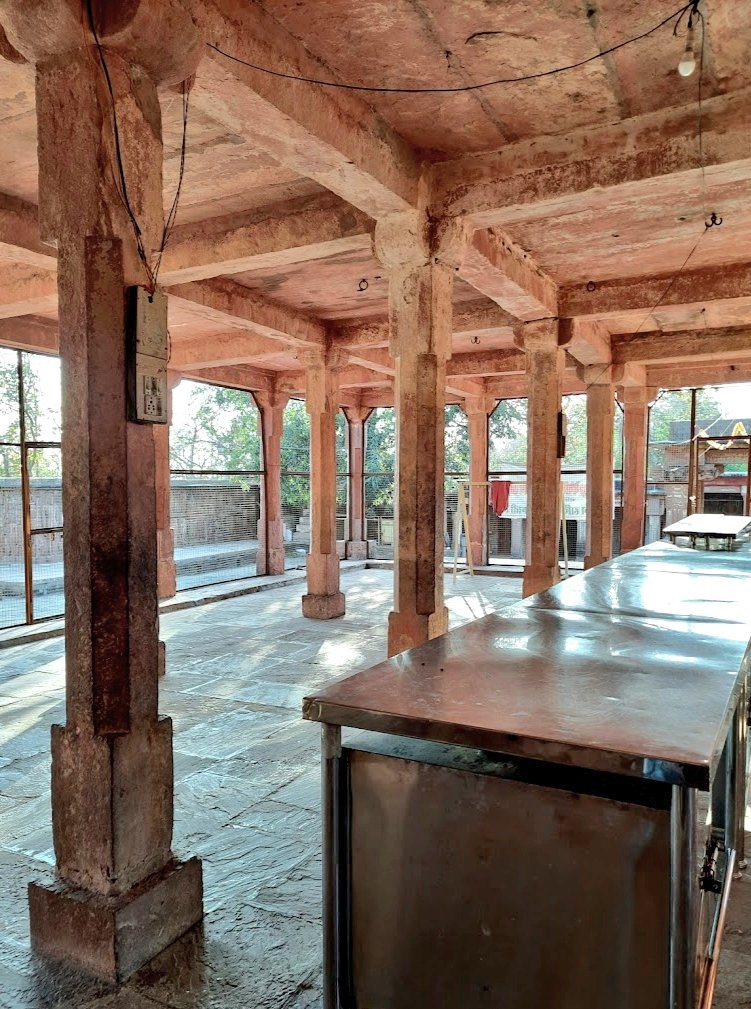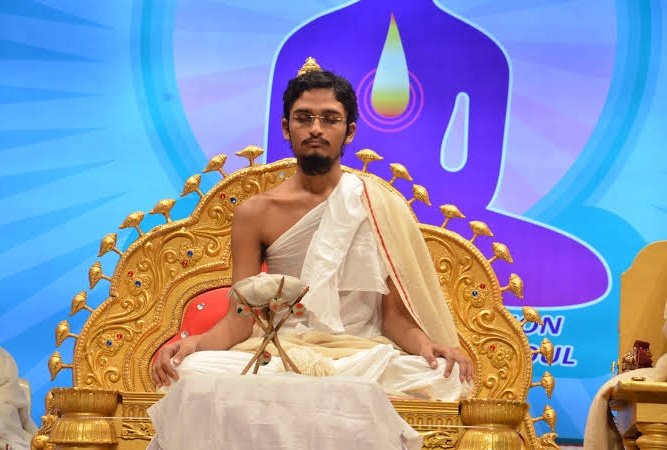Deogarh #Jain temples, Lalitpur, #UttarPradesh
There are 31 Jain temples here, situated inside the Fort of Karnali on the hills. The site was a Jain centre from the 8th to 17th century. It houses about 2000 sculptures, which is the largest such collection in the world!
#Thread



There are 31 Jain temples here, situated inside the Fort of Karnali on the hills. The site was a Jain centre from the 8th to 17th century. It houses about 2000 sculptures, which is the largest such collection in the world!
#Thread




The temples abound in panels depicting scenes from Jain mythology, Tirthankara images, pillars, tablets, Jain images visible from all sides and pillars carved with thousand of Jain figures. A beautiful Manastambha depicting 24 Tirthankars and Yaksh/Yakshini is noteworthy
(2)



(2)




Thousands of sculptures are seen embedded in the walls surrounding the complex. A large number of idols lying scattered around the fort area.
(3)



(3)




During the Islamic iconoclastic depredations the temples were devastated; this was compounded by the growth of vegetation & neglect of maintenance. The Jain community is managing the temples since 1939 and have done some restoration work.
(4)



(4)




Worship at some of the Jain temples is still held regularly. The most famous of the Jain temples in the fort is the Shantinath Temple, which was built before 862 AD. It is a testament that a prosperous Jain community lived in this region.
(5)



(5)




The number of images & inscriptions for each temple have been recorded by ASI. These findings testify the political history & early medieval status of Jains. Out of the many sculptures, more than 400 carvings are worthy of recording for their stylistic & iconographic variety
(6)



(6)




The Jain complex in Deogarh are protected by the Department of Archaeology of the Archaeological Survey of India (ASI), and managed through its Northern Circle Office located in Lucknow.
(7)


(7)



In 1959, robbers looted several Jain images or even cut off heads of many idols. This resulted in the Jain community of the area taking precautionary action by setting up a Temple committee, which oversees the protection & maintenance of the monuments.
(8)



(8)




ASI maintains a museum at the Deogarh site that has a fine collection of sculptures discovered from the surrounding areas. It's exhibits attract researchers & history enthusiasts to discover more about the findings of the Gupta period & the evolution of Jainism in this area.
(9)



(9)




• • •
Missing some Tweet in this thread? You can try to
force a refresh



























